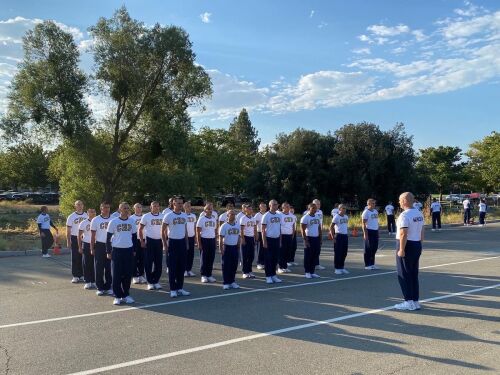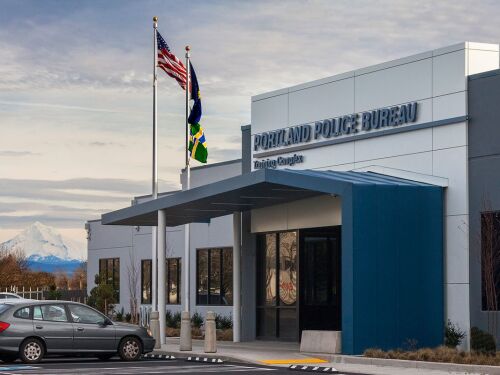By Police1 Staff
STATE COLLEGE, Pa. — Mission Critical Partners (MCP) recently held its first PSAP Roundtable, a virtual event attended by officials from public-safety answering points (PSAPs), to discuss personnel challenges and to exchange ideas, strategies and tactics for resolving them.
The 911 community has suffered from significant staffing challenges for several years. The roundtable was convened to provide a forum where thought leaders could brainstorm ideas and new ways of thinking.
The creative thinking that flowed throughout the event was impressive, according to Jenna Streeter, an MCP communications specialist who helped facilitate the roundtable.
“Based on the discussions, which were quite energetic and passionate, the participants clearly understand that the old way of doing things isn’t going to work in today’s environment and that new approaches, some of which might have been unthinkable just a few years ago, are needed,” said Streeter, who worked in the 911 community for 17 years as a telecommunicator and emergency communications director before joining MCP earlier this year.
Key trends from the roundtable included:
Creative scheduling options: There is strong interest in exploring and implementing innovative scheduling solutions to improve job satisfaction. Examples include allowing personnel to influence schedules and experimenting with innovative shift configurations, e.g., 24-hour shifts or split shifts.
Greater staff autonomy pays off: Allowing personnel to have a say in scheduling and overtime policies has been effective in improving job satisfaction and workforce happiness. This includes allowing personnel to propose scheduling changes or create their own schedules collaboratively.
Generational differences abound: The roundtable highlighted challenges related to generational differences in the workforce, i.e., younger staff members exhibit different needs and loyalty trends compared with older generations. This includes a greater desire to balance family and work responsibilities, for instance a staff member who has a young child. They also exhibit higher rates of job-switching, which can be a double-edged sword. On the one hand, younger workers who leave after a short amount of time exacerbate the PSAP’s vacancy rate. On the other hand, they increase the candidate pool. In contrast, older workers tend to stay longer, partly because they typically don’t have the same family challenges
Understanding the difference between understaffing versus low staffing: The discussion addressed the dual issues of being understaffed (authorized positions are insufficient for the operating environment) and low staffed (not all authorized positions are filled). Both create operational challenges but require different solutions.
Cultural shifts are encouraging: There is a notable shift in culture toward valuing staff input, satisfaction and retention. This reflects a broader industry trend of rethinking traditional practices to align better with modern workforce expectations.
“The worst reason to do anything is because that’s the way it’s always been done,” said Darrin Reilly, MCP’s president and CEO. “So, it’s exciting that the 911 community seems willing to take a fresh look and more innovative approach to its challenges, which was evidenced during the roundtable.”







